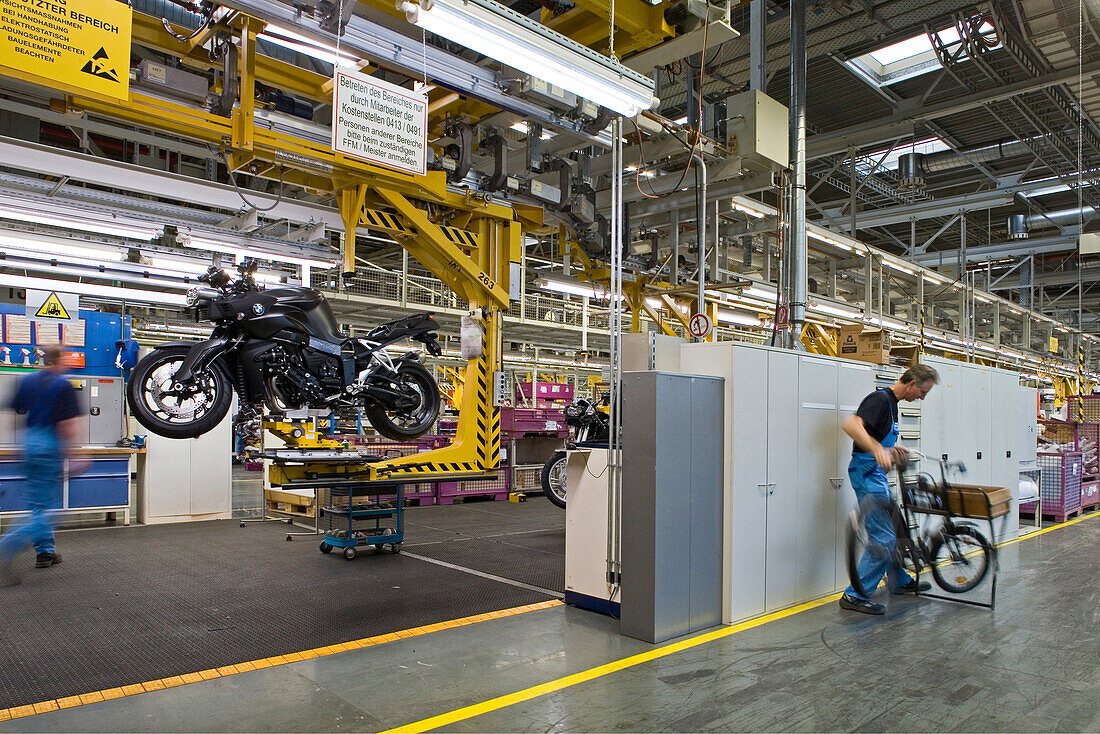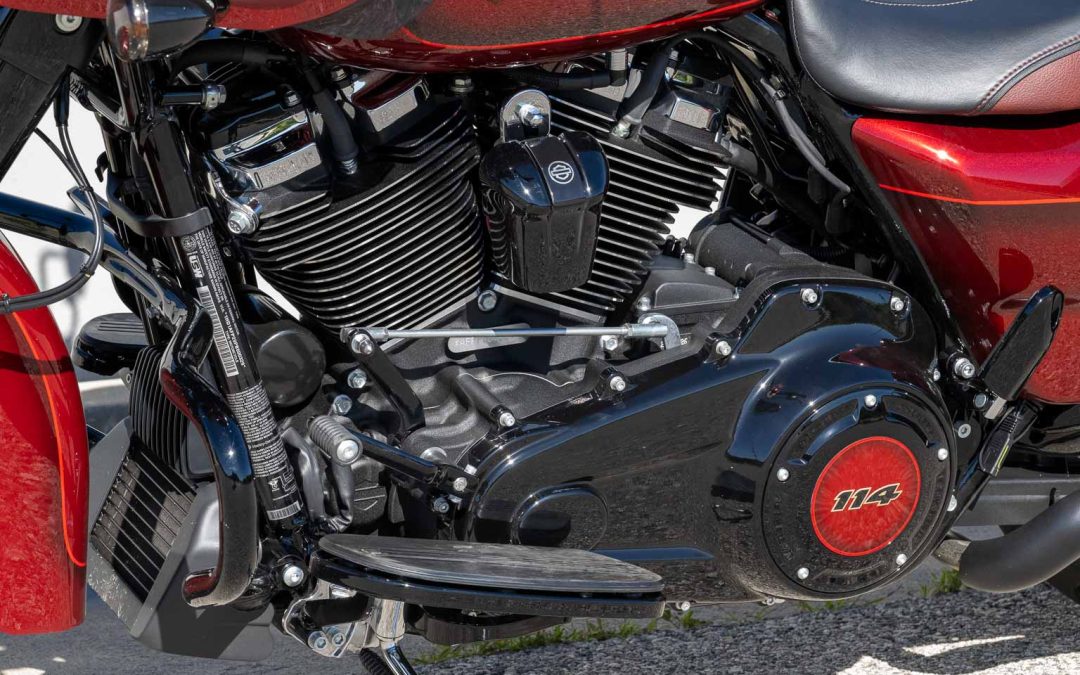Choosing the right paint for your motorcycle fairings is a critical step that can influence not only the appearance of your bike but also its durability and performance. The world of motorcycle fairing paint is vast, with a variety of options available, each offering its own unique advantages. Motorcycle enthusiasts often wonder, what kind of paint for motorcycle fairings ensures the best results? Lets dive into this illuminating topic and find out.

Understanding Motorcycle Fairings
Before selecting the appropriate paint, its essential to understand the role of motorcycle fairings. Fairings are the motorcycle’s outer shell, primarily made from plastic or fiberglass, designed to reduce air drag and enhance aesthetic appeal.
The Importance of Choosing the Right Paint
Selecting the right paint is not just about aesthetics; its also about protection. Fairings need to endure various environmental factors such as UV rays, rain, and road debris. The right paint acts as a shield, protecting the fairings from wear and tear.
Different Types of Paints for Motorcycle Fairings
1. Acrylic Paint
Acrylic paint is commonly used for its versatility and ease of application. It’s water-based, which makes it safer to handle and environmentally friendly. This paint dries quickly and offers a shiny, vibrant finish. However, it may not be as durable as other types and may require multiple coats and a clear finish for added protection.
2. Urethane Paint
Urethane paint is known for its durability. It’s a preferred choice for many professionals due to its resistance to chipping and fading. Urethane paints offer a harder finish compared to acrylic paints, making them suitable for long-term use. They also provide excellent coverage and gloss, giving your motorcycle fairings a sleek, professional look.
3. Lacquer Paint
Lacquer paint offers a high-gloss finish and is relatively easy to apply. It’s popular among car and motorcycle enthusiasts for touch-ups and custom jobs. Lacquer paint dries quickly but can be less durable over time unless sealed with a clear coat.
4. Epoxy Paint
Epoxy paint provides excellent adhesion and durability on plastic surfaces. Its resistant to chemicals, heat, and moisture, making it an outstanding choice for motorcycle fairings. However, the application process can be complex, requiring proper preparation and protective gear.
Steps to Painting Motorcycle Fairings
Painting motorcycle fairings is a meticulous process that requires patience and precision. Here is a step-by-step guide:
Step 1: Preparation
Before you begin painting, prepare your workspace. Ensure its well-ventilated and free from dust. Clean the fairings thoroughly using soap and water, and then sand them with fine-grit sandpaper to remove the existing paint and smooth the surface.
Step 2: Priming
Apply a primer suitable for plastic surfaces. Priming is essential as it helps the paint adhere better and provides a smooth base for the topcoat. Let the primer dry completely before moving to the next step.
Step 3: Applying the Paint
Choose your paint type and apply several thin coats, allowing each coat to dry before applying the next. This process ensures a more even and professional finish. Use a paint sprayer or aerosol cans for the best results.
Step 4: Clear Coat
Once the paint has dried, apply a clear coat to protect the painted surface from UV rays and debris. The clear coat also adds shine and depth to the color.
Tools and Materials Needed
- Soap and water
- Fine-grit sandpaper
- Primer for plastic
- Paint (acrylic, urethane, lacquer, or epoxy)
- Clear coat
- Paint sprayer or aerosol cans
- Protective gear (mask, gloves, goggles)
Common Mistakes to Avoid
When painting motorcycle fairings, avoid these common mistakes:
1. Skipping the Primer
Not using a primer can result in poor paint adhesion and an uneven finish. Primer ensures that the paint bonds properly to the plastic surface.
2. Applying Thick Layers
Thick layers of paint can cause runs and drips. Apply multiple thin layers instead for a smoother finish.
3. Inadequate Drying Time
Failing to allow adequate drying time between paint coats can result in a subpar finish. Patience is key to achieving professional results.
DIY vs. Professional Painting
Deciding between DIY and professional painting depends on your skills and budget. While professional painters have the expertise and equipment to deliver flawless results, a DIY approach can be cost-effective and satisfying if you have the time and patience.
Benefits of Professional Painting
Professional painters offer expertise, precision, and quality guaranteed. They have access to specialized tools and materials that can enhance the longevity and appearance of your motorcycle fairings. However, this option can be more expensive.
Advantages of DIY Painting
DIY painting allows for creative freedom and can be more budget-friendly. With the right tools and techniques, you can achieve impressive results while adding a personal touch to your motorcycle. Plus, its a rewarding learning experience.
Environmental Factors to Consider
When choosing the right paint for your motorcycle fairings, consider the environmental impact. Opt for paints that are low in volatile organic compounds (VOCs) to minimize harmful emissions. Water-based paints like acrylics are a more environmentally friendly option.
Maintaining Painted Fairings
Proper maintenance is crucial for keeping your painted fairings looking new. Regular cleaning and occasional waxing will help preserve the paints shine and protect it from the elements.
Cleaning Tips
Use mild soap and water to clean your painted fairings. Avoid abrasive cleaners that can scratch the surface. Additionally, use a soft cloth or sponge to prevent damage.
Waxing and Polishing
Applying wax periodically will add a protective layer over the paint, enhancing its gloss and longevity. Use a high-quality wax designed for automotive paint and follow the manufacturers instructions for the best results.
Conclusion
Choosing the right paint for motorcycle fairings is a crucial decision involving various factors such as durability, finish, and environmental impact. Whether you opt for acrylic, urethane, lacquer, or epoxy paint, each type has its own set of benefits and challenges. By following the proper preparation and application steps, and considering whether to go DIY or professional, you can achieve a stunning finish that protects and enhances your motorcycle.

FAQs
1. What is the most durable paint for motorcycle fairings?
Urethane paint is generally considered the most durable option for motorcycle fairings due to its resistance to chipping, fading, and chemicals.
2. Can I use regular automotive paint on motorcycle fairings?
Yes, you can use automotive paint on motorcycle fairings, but it’s essential to use the correct primer and clear coat designed for plastic surfaces to ensure proper adhesion and protection.
3. How long does it take to paint motorcycle fairings?
The time required to paint motorcycle fairings can vary depending on the type of paint used and the drying times between coats. Generally, the process can take anywhere from a few days to a week.
stardustcolorsmotorcycle exhaustgas tanktime to painthard to paintspray can
